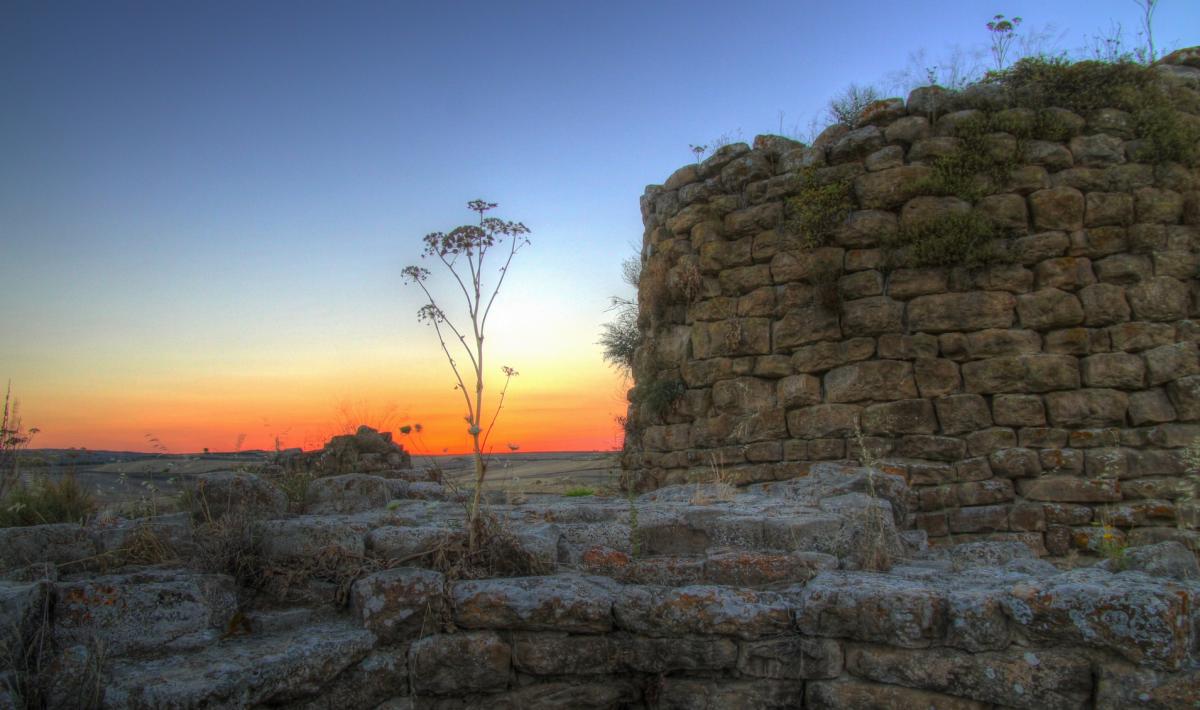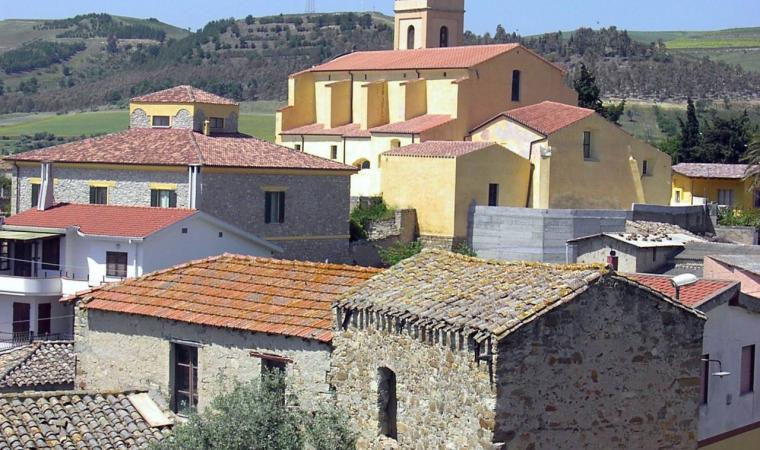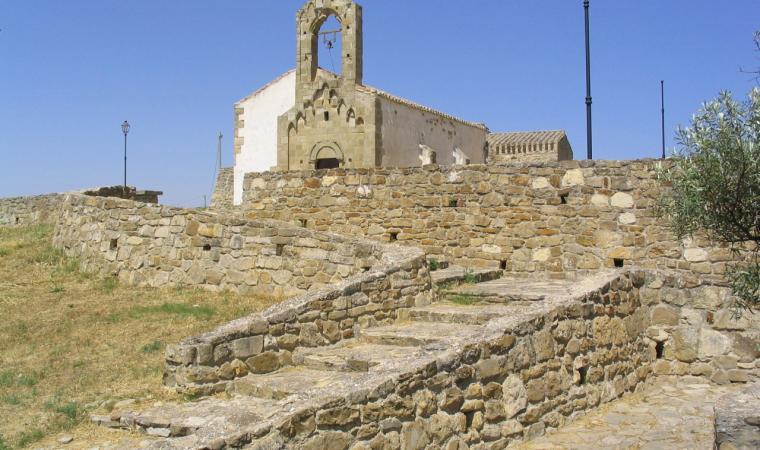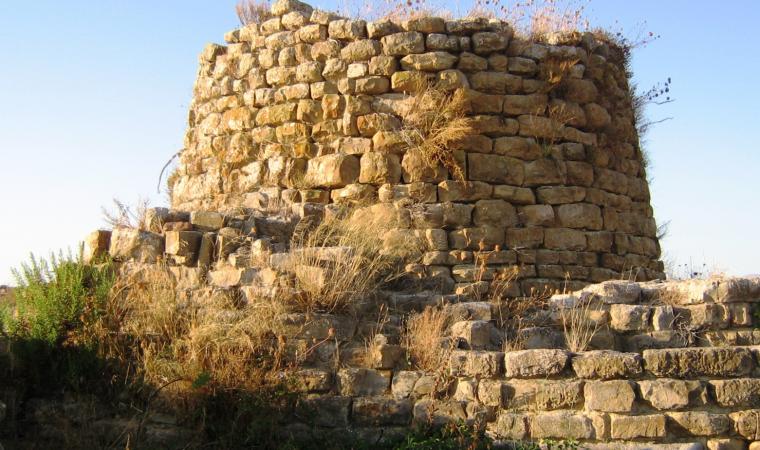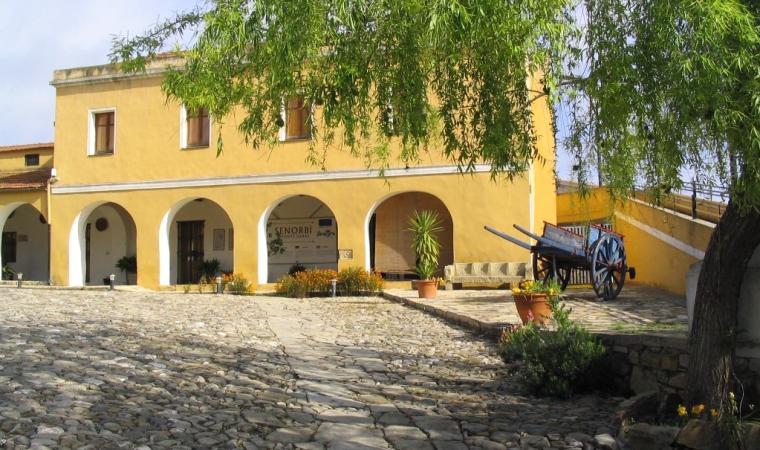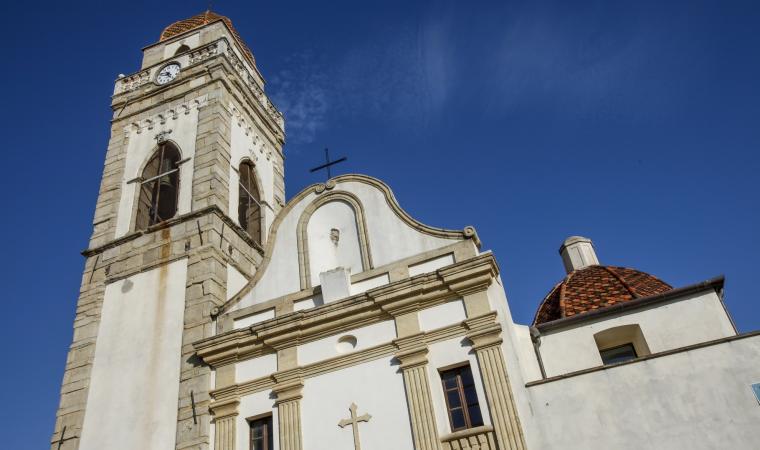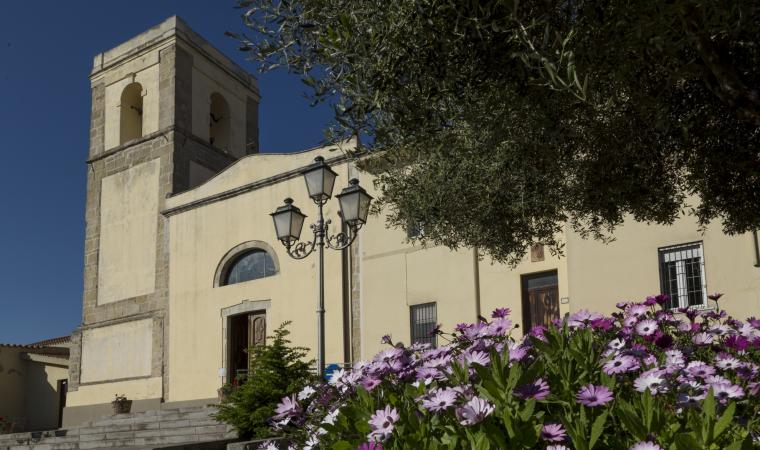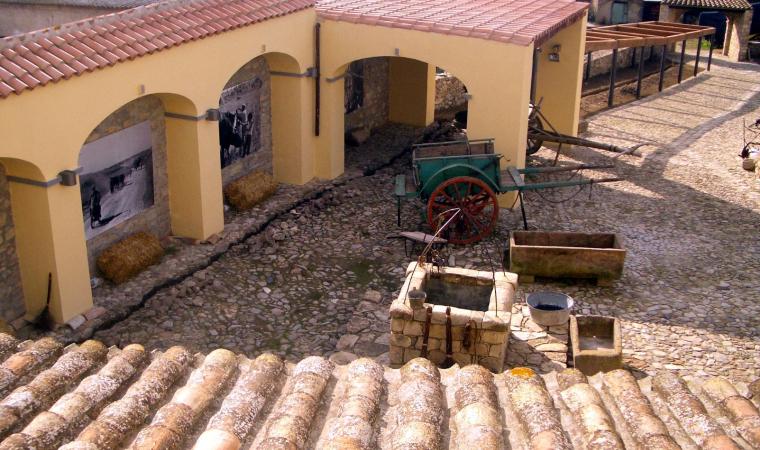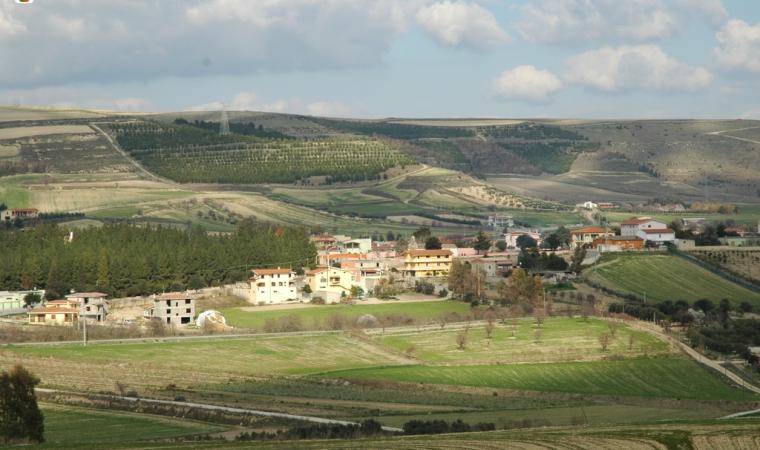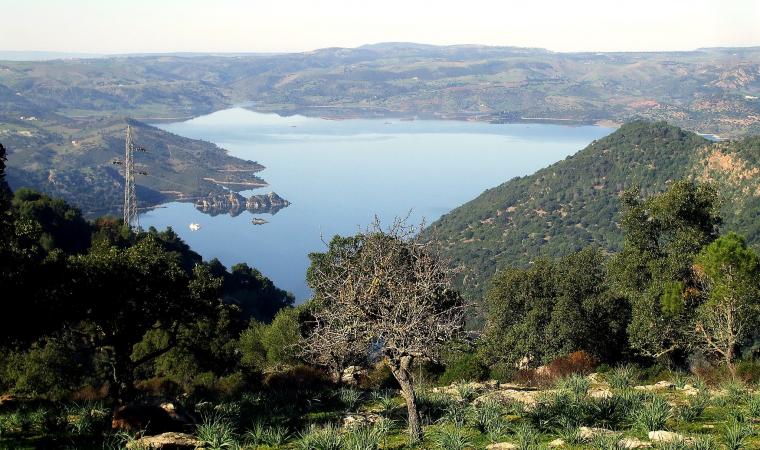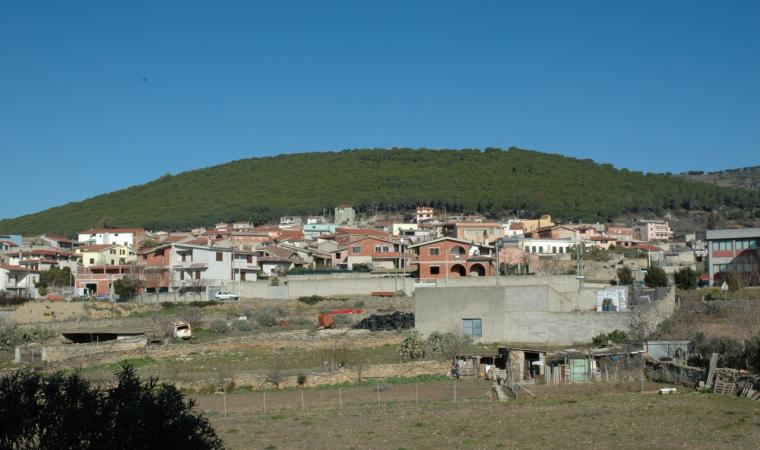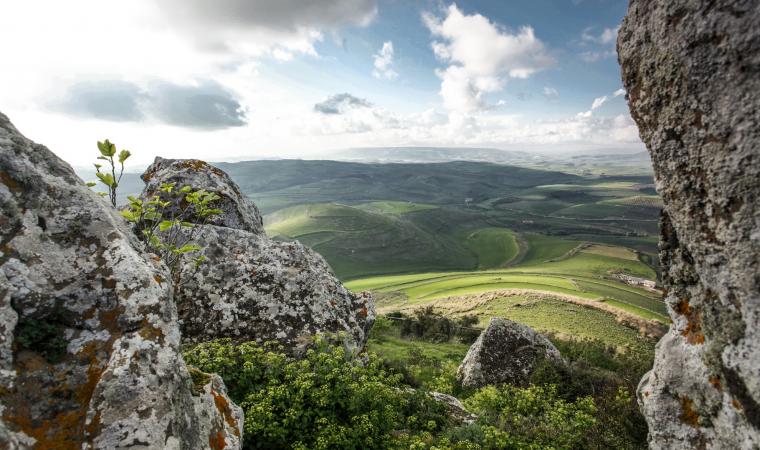Suelli stands at the base of Pranu Siara, in the heart of Trexenta, a ‘granary’ of ancient Rome. Suelli is a town of just over 1,000 inhabitants located fifty kilometers from Cagliari. From the 11th to early-15th centuries, it was the seat of the Barbaria diocese (Trexenta, lower Barbagia, Quirra and Sarrabus), the town of veneration of its first bishop - San Giorgio, a charismatic character who lived until 1117, known for his blessedness and miracles, declared holy by the will of the people and solemnly celebrated to this day throughout the five days after Pentecost. Dedicated to him is one of the most evocative spiritual itineraries of the island, the Cammino di San Giorgio Vescovo di Suelli. Ecclesiastical influence and tradition are evident in the architecture and sacred adornments of the town, such as the former cathedral of San Pietro Apostolo, located in the upper part of the town.
Mentioned the first time in 1121 and a Cathedral until 1418, the church retains its Romanesque façade. It was rebuilt in the 13th century and restored in the 16th century in Catalan Gothic style, whilst the current façade dates back to 1869. On the main altar is a large altarpiece with various painted plates, dating back to 1533-35. The wooden pulpit from 1634 is also splendid. Other valuable works are an 18th-century pipe organ, a wooden paratorium (mid-18th century) and the robes that adorn the statue of the Dormitio Virginis. In San Pietro, there is the gothic bell tower and the Sanctuary of San Giorgio, whose restoration brought to light three layers of pavement (the deepest from the early medieval period). In the second, a slab was found that covered a sepulchral well with fragments of bones within - perhaps this was the bishop’s sepulchre. The sanctuary preserves valuable works including a 17th-century altarpiece, illustrating the life of San Giorgio and an artistic reliquary that would guard part of the saint’s cope. Opposite the Sanctuary is the Chiesa del Carmine, which houses a large polychrome wooden altar, perhaps from the 17th century, and a carved and painted pulpit. Amongst the festivals, highlights are the Fuochi di Sant’Antonio Abate e di San Sebastiano (in mid-January).
The inhabited area is of ‘Giudicato’ origin, its shape being radial and irregular, with sandstone ‘courtyard houses accessible via imposing portals. In the surrounds are hills cultivated with wheat, vineyards and olive groves. The agricultural tradition is testified by the sagra del chicco d’oro (festival of the golden grain) in August. To be admired are the landscapes from the windows of the Trenino Verde, a tourist train connecting Cagliari to Mandas via Suelli. To be seens are Prenuraghic sites, including the necropolis of Pranu Siara and Santu Perdu, along with around fifteen Nuraghic structures, amongst which stands out the majestic Nuraghe Piscu, a monument-symbol of the Nuragic civilisation in Trexenta, which lived between the 15th and 11th century BC, the name for which perhaps deriving from de su piscu (‘of the bishop’). It consists of a main tholos tower with two superimposed chambers, surrounded by a bastion with four towers connected by curtain walls. An antemural defends the adjacent circular and quadrangular huts. The structures are in well-worked limestone blocks arranged in regular rows.

